To mark World Oceans Day 2023 on 8 June, the IOC working group Global Ocean Oxygen Network (GO2NE) and the Ocean Decade Programme the Global Ocean Oxygen Decade (GOOD) have engaged with scientists and institutions around the world to host a number of outreach activities to raise awareness of ocean deoxygenation. Coastal-SOS and our partner institutions have participated in this international outreach event.
Oxygen is critical to the health of the planet. It affects the cycles of carbon, nitrogen and other key elements, and is a fundamental requirement for marine life from the seashore to the greatest depths of the ocean. Nevertheless, deoxygenation, the reduction of oxygen, is worsening in the coastal and open oceans. This is mainly the result of human activities that are increasing global temperatures and increasing loads of nutrients from agriculture, sewage, and industrial waste into the ocean. Raising awareness of this threat is an essential step to build resilience and mitigate the impacts of climate change on the ocean.
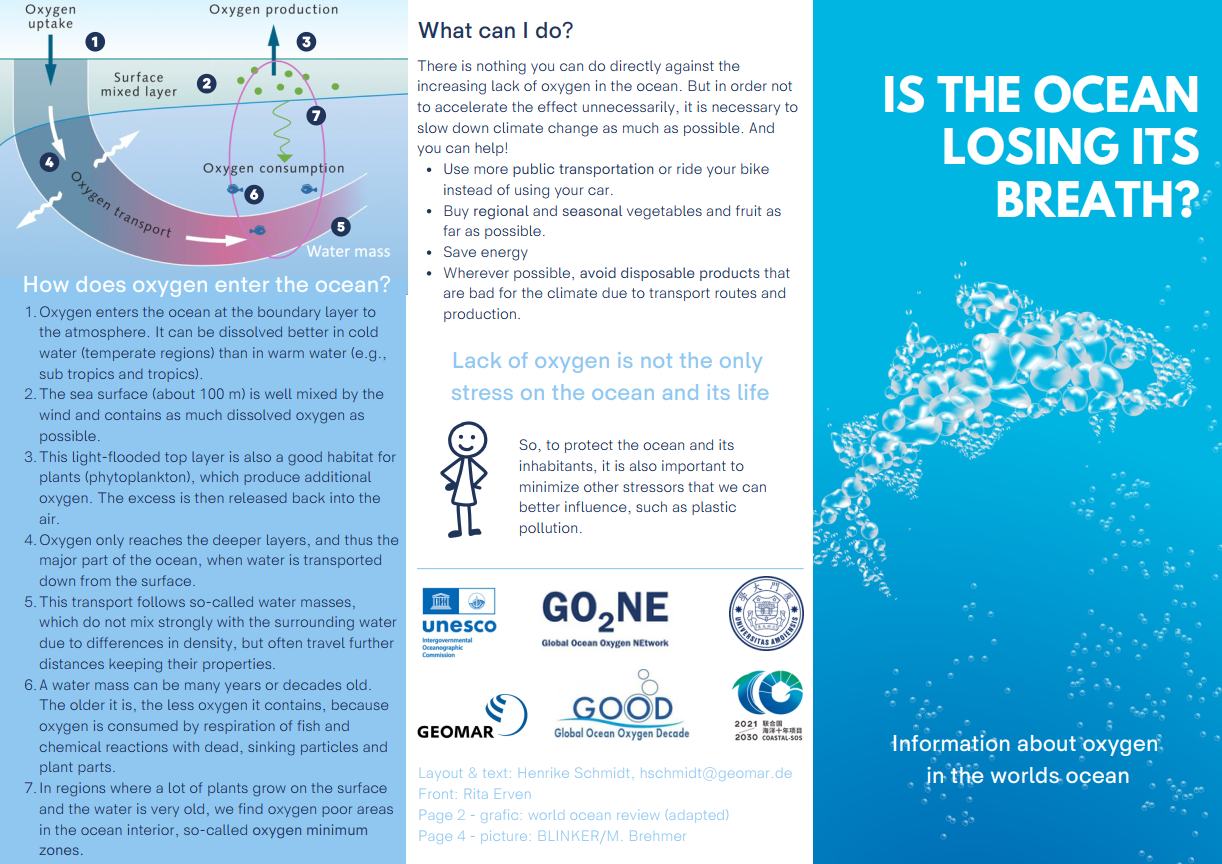
Outreach brochure about ocean deoxygenation (provided by GO2NE & GOOD)
Under the leadership of GO2NE and GOOD, partnering with the State Key Laboratory of Marine Environmental Science (MEL), 70.8 Media Lab, COSEE China and Xiamen Marine International Cooperation Center, Coastal-SOS organized a series of outreach activities on ocean deoxygenation in Xiamen and Quanzhou city, China. These activities, including outreach display and lectures, engaged more than 1100 students from primary, middle-, and high-schools and Xiamen University.
On 27 May, 210 primary, middle-school, and high-school students from seven schools in Xiamen City came to Xiamen University to take part in the MEL Ocean S&T Day outreach event. An interactive outreach display themed “The Ocean is Losing its Breath” was held as part of this event. The students learned the facts about ocean deoxygenation via exhibition and narration, then reinforced these understandings through experiments and games. The messages of ocean deoxygenation were conveyed to a wide range of students who may not otherwise be exposed to information on this emerging threat.
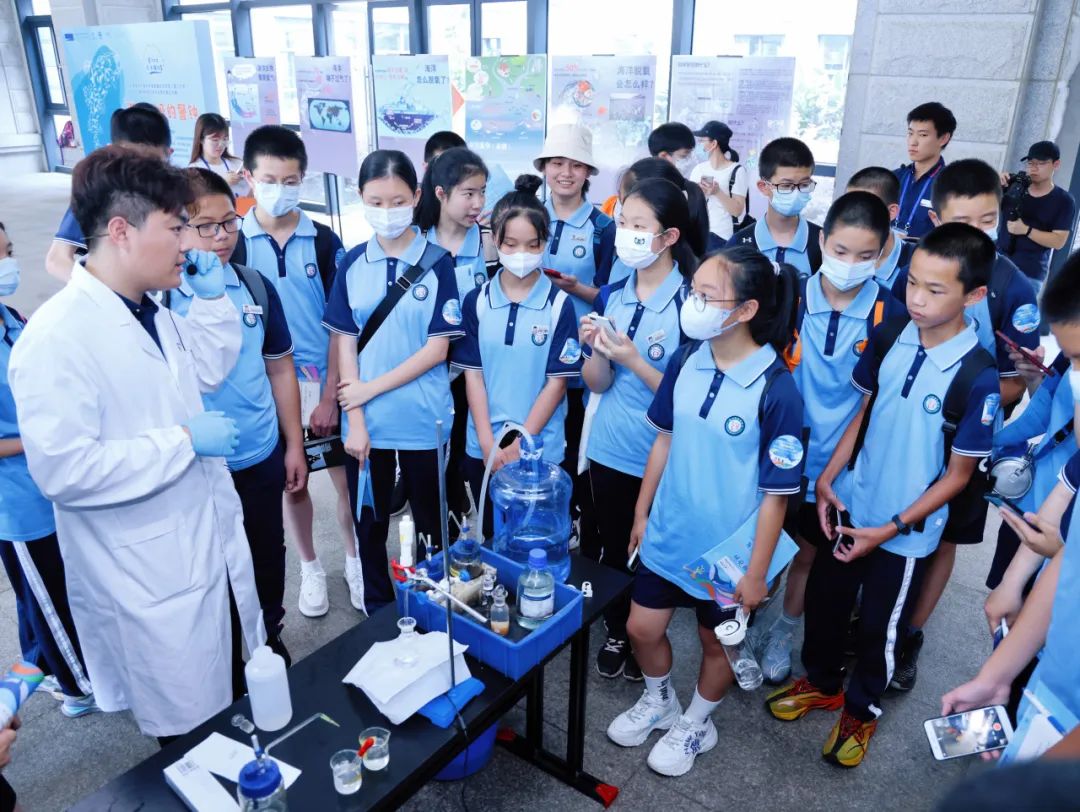
A graduate student volunteer explaining how scientists measure oxygen concentration in seawater (photo credit: MEL).
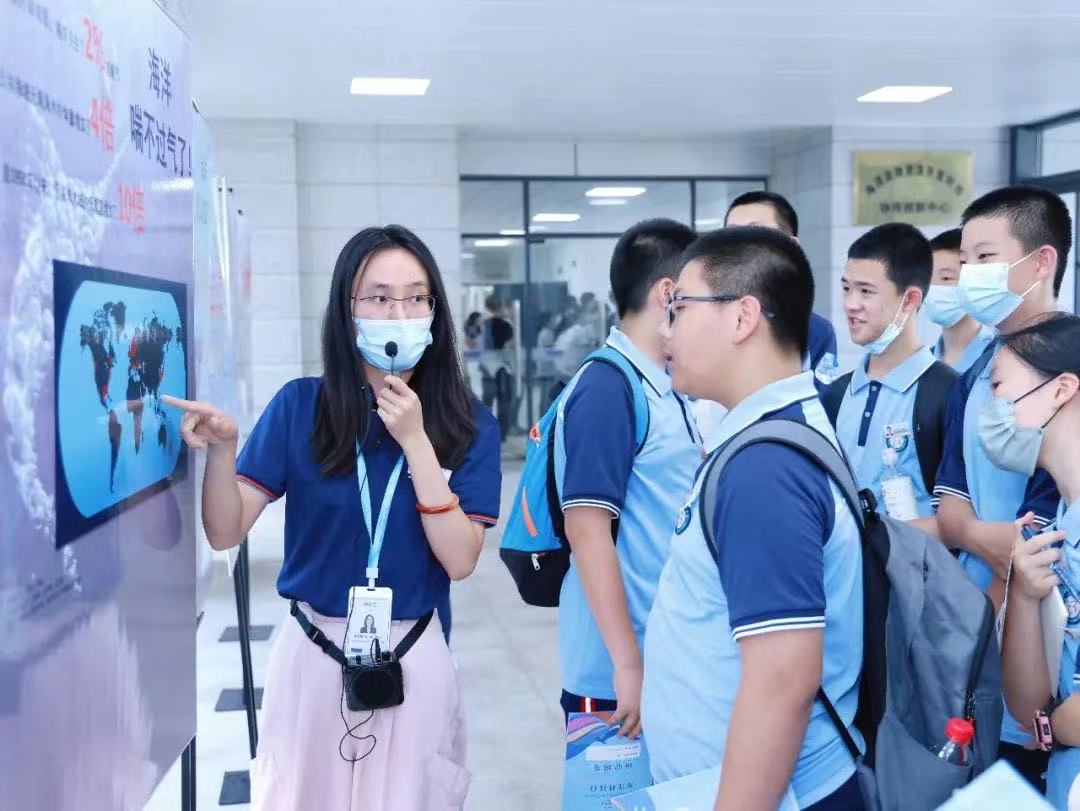
A staff from the Coastal-SOS office presents how the ocean deoxygenation problem is spreading worldwide (photo credit: MEL).
In addition, a number of lectures were held from 27 April to 5 June. Dr. Yangyang Zhao, assistant research scientist at MEL, gave lectures on ocean deoxygenation to primary and university students, based on his own research in ocean deoxygenation and climate change. Dr. Xin Lin, associate professor at MEL and expert in phytoplankton ecology, gave lectures on algal blooms in the ocean, explaining the relationship of harmful algal blooms and ocean deoxygenation. These lectures gave students a more direct access to scientists working in ocean deoxygenation.
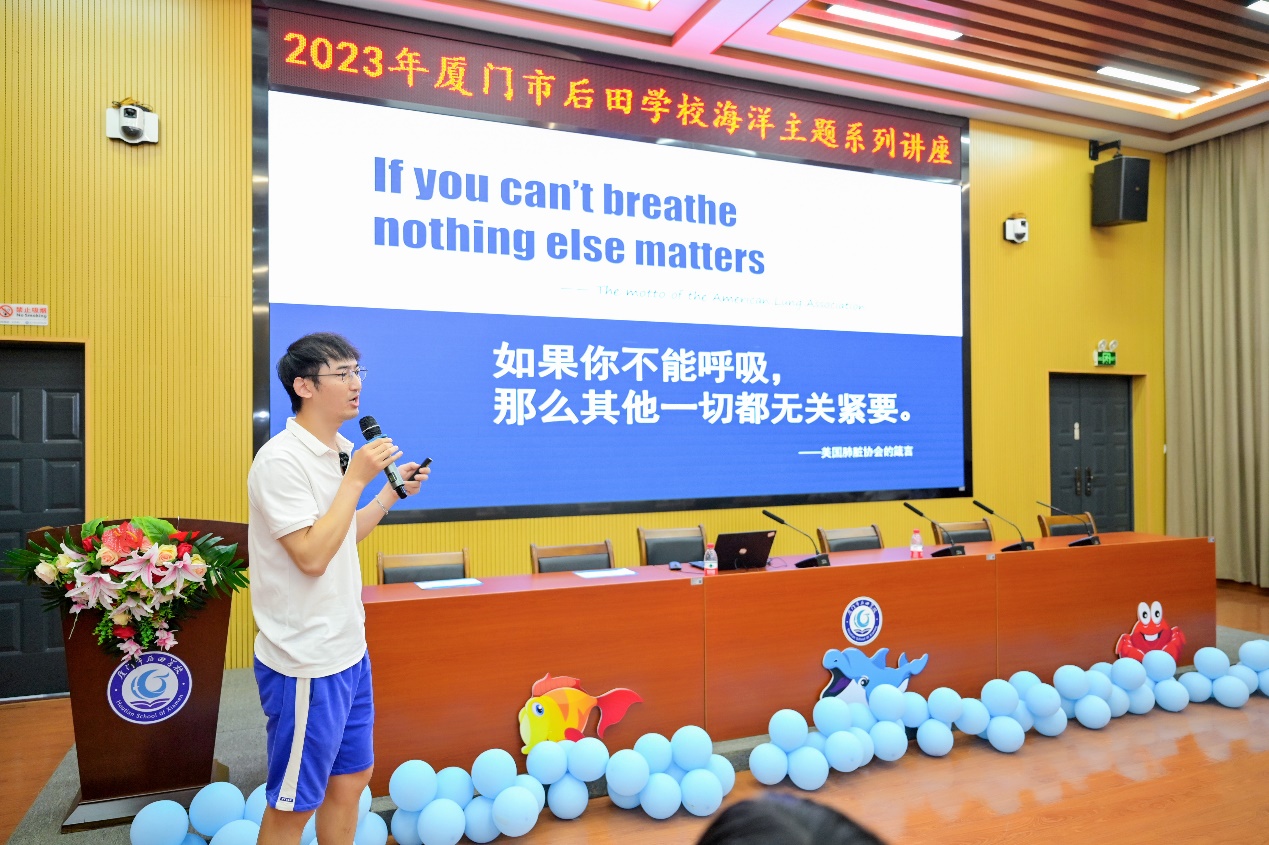
Dr. Yangyang Zhao giving an outreach lecture on ocean deoxygenation to primary school students at Houtian School in Xiamen City (photo credit: MEL)
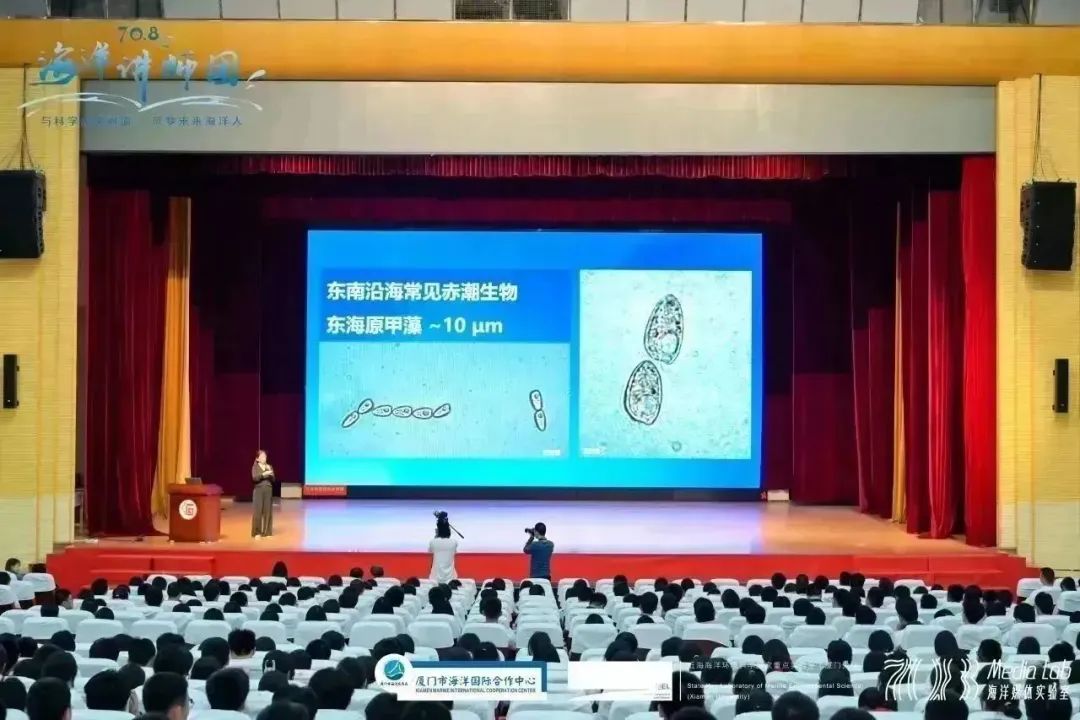
Dr. Xin Lin giving an outreach lecture on algal blooms to high-school students at Shiguang School in Quanzhou City (photo credit: MEL)
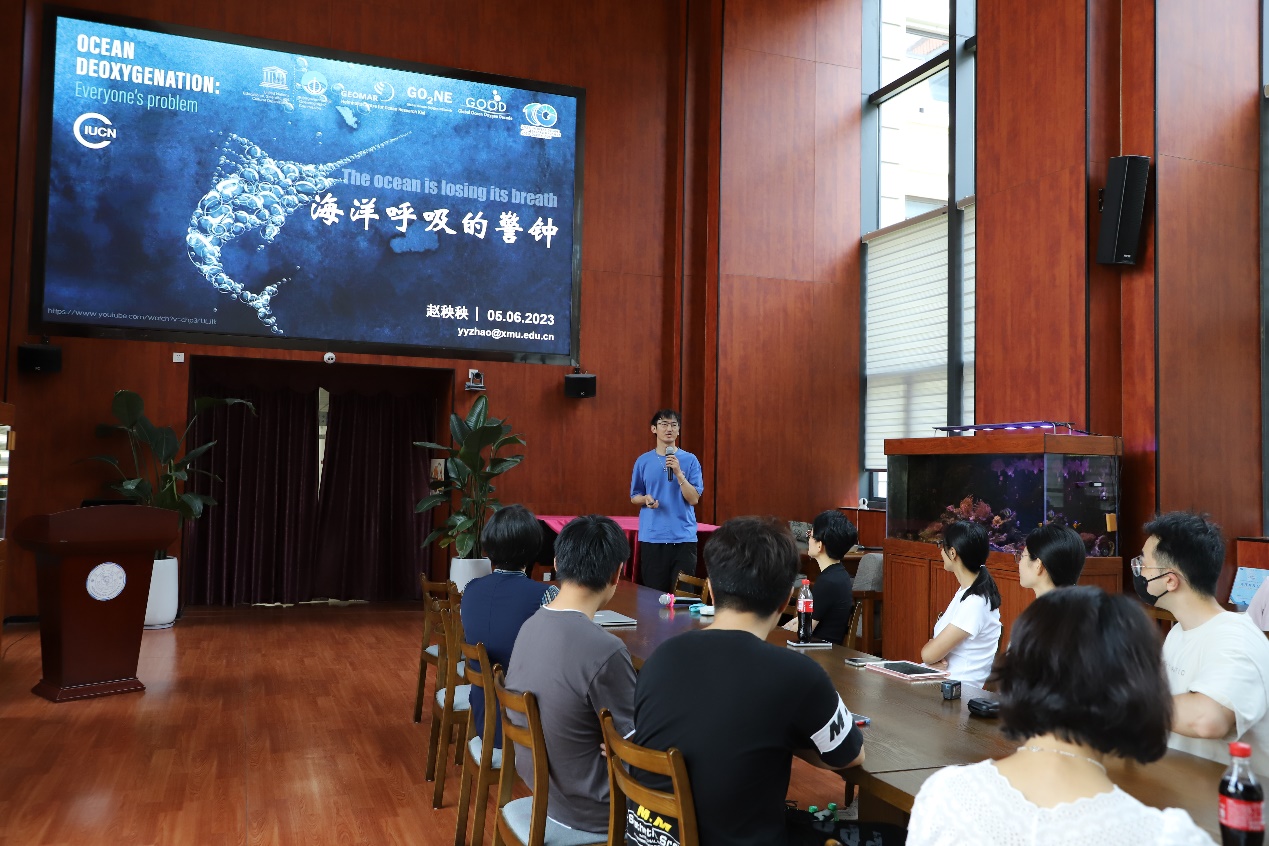
Dr. Yangyang Zhao giving an outreach lecture on ocean deoxygenation to university students and researchers at Xiamen University (photo credit: MEL).
Dr. Guizhi Wang, professor at MEL, scientist in Coastal-SOS, and a member of the Steering Committee of the Global Ocean Oxygen Database and Atlas (GO2DAT) of GO2NE, coordinated the whole series of ocean deoxygenation outreach activities. To learn more about ocean deoxygenation and how scientists tackle this problem, you can follow the GO2NE on Twitter to see our activities and others around the globe.


